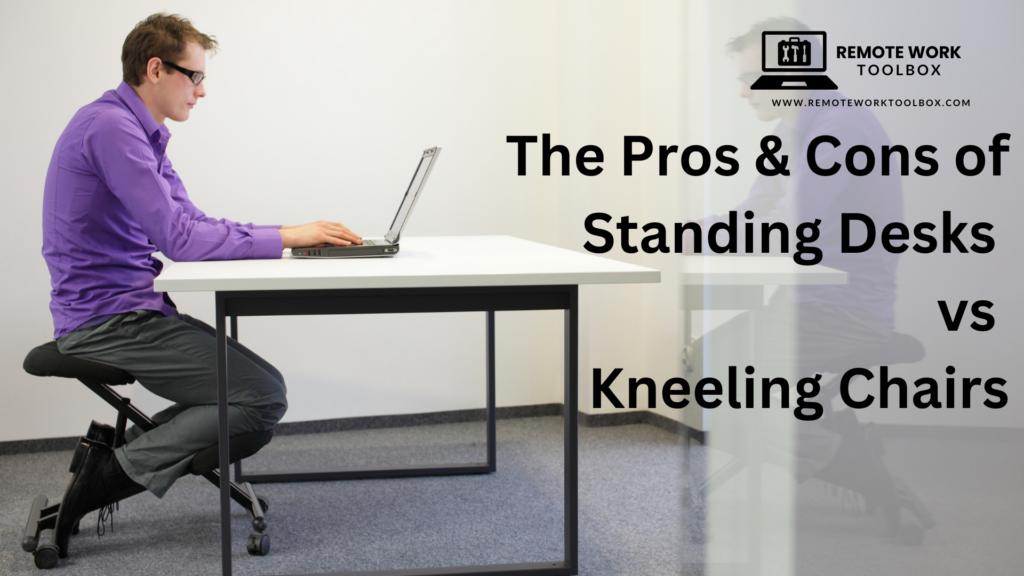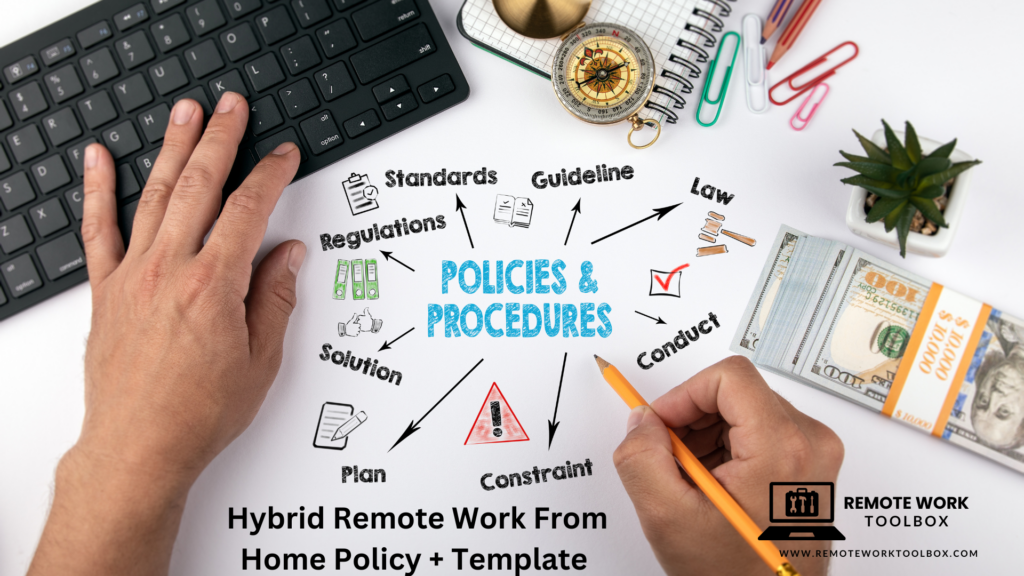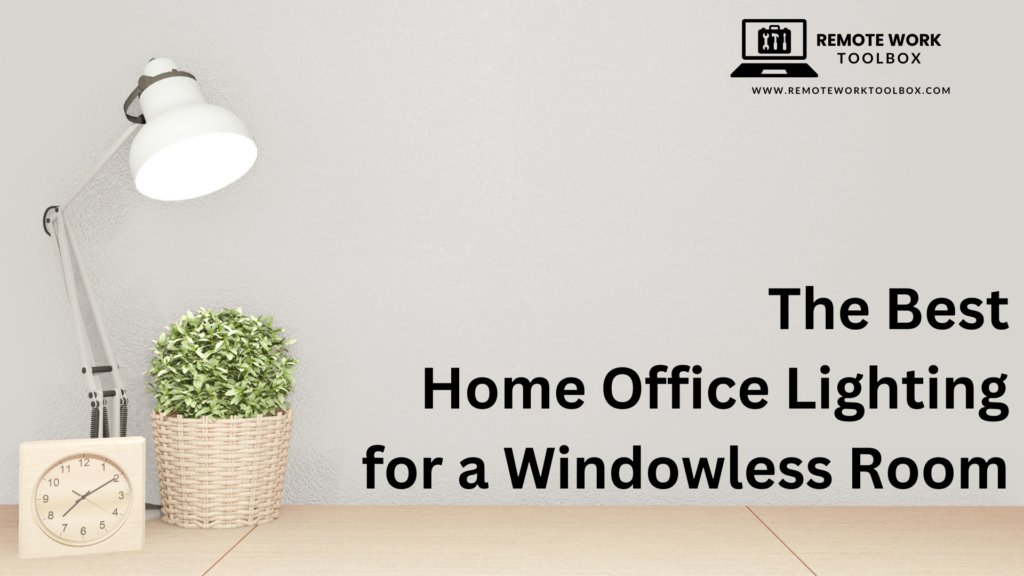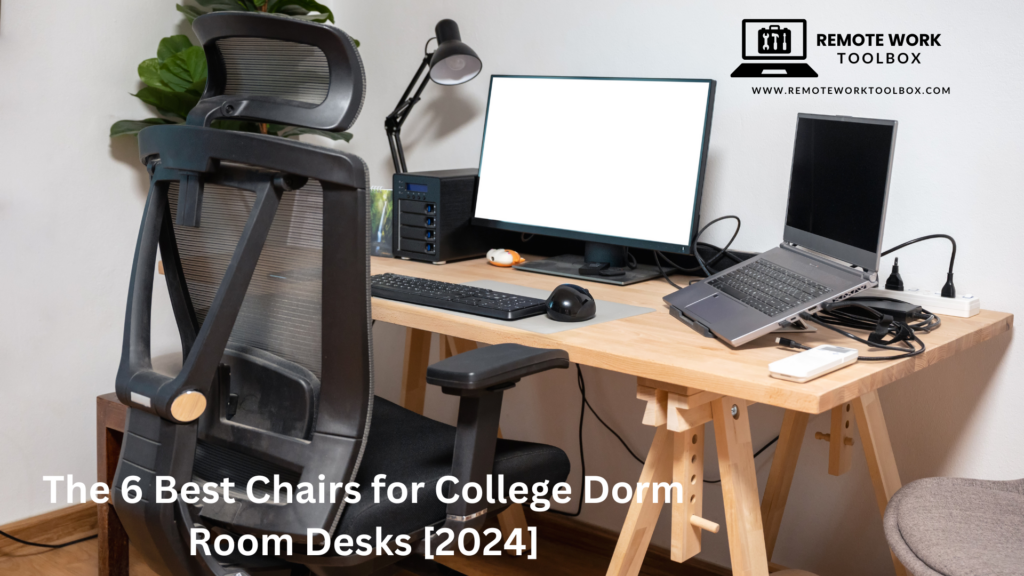The rise of alternative office furniture has significantly changed how we approach our work environments. With growing awareness about the health impacts of prolonged sitting, many office workers are exploring different ergonomic solutions to enhance comfort and productivity. Two popular options are kneeling chairs and standing desks. Understanding the benefits and drawbacks of each can help you make an informed decision about which might be the best fit for your needs.
Understanding Kneeling Chairs
A kneeling chair features a unique design that positions the user in a modified kneeling stance. Unlike traditional office chairs, a kneeling chair supports the thighs and shins, redistributing body weight to reduce strain on the lower back.
Benefits of Using a Kneeling Chair
- Engages Core Muscles: The forward-slanted seat encourages an active sitting position that engages core muscles, promoting stability and strength.
- Promotes Good Posture: By aligning the spine naturally, kneeling chairs help maintain proper posture, reducing the risk of slouching and poor posture habits.
- Reduces Lower Back Pain: The design alleviates pressure on the lumbar region, offering relief from lower back pain often associated with traditional chairs.
- Improves Blood Flow: Elevating the thighs and reducing pressure points enhance blood circulation, potentially decreasing the risk of varicose veins and other circulatory issues.
- Different Way to Sit: Provides a different way to sit that can be beneficial for spinal alignment.
Potential Drawbacks
- Discomfort in Lower Legs and Knees: Extended use can cause discomfort in the shins and knees due to pressure, making it unsuitable for long periods of time.
- Not Suitable for Long Periods of Time: While beneficial for short bursts, kneeling chairs might not provide the sustained comfort required for an entire workday.
- Initial Adjustment Period: Transitioning to a kneeling chair requires an adjustment period as your body adapts to the new sitting posture.
Top Kneeling Chairs
- Varier Variable Balans Chair
- Features: Ergonomic design, durable wooden frame, high-quality fabric
- Price: Check Price on Amazon
- Pros: Promotes excellent posture, stylish design, sturdy construction
- Cons: High price point, can cause knee discomfort
- Flash Furniture Mobile Wooden Ergonomic Kneeling Chair
- Features: Adjustable height, thick knee pads, rolling casters
- Price: Check Price on Amazon
- Pros: Affordable, easy mobility, good cushioning
- Cons: Limited adjustability, lower build quality
- DRAGONN by VIVO Ergonomic Kneeling Chair
- Features: Adjustable angle and height, memory foam cushions, metal base
- Price: Check Price on Amazon
- Pros: Highly adjustable, comfortable padding, sturdy
- Cons: Assembly required, can be bulky
Understanding Standing Desks
A standing desk allows users to work while standing or easily adjust the height to switch between sitting and standing positions. These desks come in various designs, including manual crank, electric, and converter models.
Benefits of Using a Standing Desk
- Encourages Regular Movement: Standing desks promote regular movement and reduce the risks associated with prolonged sitting, such as obesity and metabolic syndrome.
- Reduces Risk of Cardiovascular Disease: Standing more throughout the day can lower the risk of heart disease by improving circulation and reducing sedentary time.
- Alleviates Back Problems from Traditional Chairs: Standing desks can help mitigate back pain by reducing the pressure on spinal discs and facet joints.
- Increases Energy Levels and Overall Health: Many users report higher energy levels and improved mood when using a standing desk, contributing to better overall health.
- Better Posture: Encourages a more upright posture, reducing strain on the back and neck.
- Best Way to Alternate Positions: Using sit-stand chairs or a standing desk chair provides the best way to alternate between sitting and standing.
Potential Drawbacks
- Can Cause Fatigue in Lower Body: Standing for extended periods can lead to fatigue and discomfort in the legs and feet, necessitating breaks and supportive footwear.
- May Require an Ergonomic Mat or Supportive Footwear: To reduce strain, users may need to invest in additional ergonomic accessories like anti-fatigue mats or supportive shoes.
- Adjustment Period and Learning Proper Posture: As with any new setup, there’s an adjustment period to learn the proper posture and habits to avoid new types of strain.
Top Standing Desks
- Fully Jarvis Bamboo Standing Desk
- Features: Adjustable height (electric), eco-friendly bamboo top, customizable options
- Price: Check Price on Amazon
- Pros: Smooth height adjustment, sustainable materials, robust build
- Cons: Expensive, assembly can be complex
- Uplift V2 Standing Desk
- Features: Dual motors for smooth adjustment, sturdy frame, multiple desktop choices
- Price: Check Price on Amazon
- Pros: Highly stable, wide range of customization, excellent warranty
- Cons: Pricey, heavy
- Flexispot EN1 Electric Height Adjustable Desk
- Features: Electric height adjustment, sturdy steel frame, affordable
- Price: Check Price on Amazon
- Pros: Budget-friendly, easy to adjust, solid construction
- Cons: Limited desktop options, basic design
Comparing Kneeling Chairs and Standing Desks
When comparing kneeling chairs and standing desks, several factors come into play, including ergonomic benefits, health impacts, comfort, and practicality.
- Ergonomic Benefits and Proper Posture: Kneeling chairs encourage core engagement and proper spinal alignment, while standing desks promote regular movement and reduce the risks of prolonged sitting.
- Impact on Overall Health and Blood Circulation: Both options improve blood circulation, though standing desks may offer more dynamic health benefits by reducing sedentary behavior.
- Comfort and Practicality for Long Hours: Standing desks are generally more versatile for long hours, especially when paired with a sit-stand chair or anti-fatigue mat. Kneeling chairs are better suited for short to moderate durations.
- Flexibility and Ease of Use in a Home Office Setup: Standing desks offer greater flexibility with height adjustments, allowing users to switch between sitting and standing easily. Kneeling chairs require commitment to the kneeling position.
- Different Options: Both provide different options to suit various ergonomic needs and preferences.
Ergonomic Workstations: Combining the Best of Both Worlds
Creating an ergonomic workstation involves integrating different elements to enhance comfort and productivity.
- Setting Up an Ergonomic Workstation: Combine a standing desk with a high-quality kneeling chair to alternate between sitting, kneeling, and standing throughout the day.
- Importance of Alternating Between Sitting, Kneeling, and Standing: Regularly changing positions helps reduce strain, improve circulation, and maintain energy levels.
- Tips for Creating a Versatile and Comfortable Work Environment: Invest in ergonomic accessories such as an adjustable monitor stand, supportive footwear, and anti-fatigue mats. Ensure your workstation setup promotes proper posture and easy transitions between positions.
Health Considerations and Recommendations
Addressing common health issues and following expert recommendations can optimize your ergonomic setup.
- Addressing Common Health Issues: Both kneeling chairs and standing desks can help alleviate lower back pain, poor posture, and blood circulation problems.
- Expert Recommendations for Optimal Health While Working: Health professionals suggest taking regular breaks, incorporating movement, and using ergonomic furniture to reduce the risk of musculoskeletal disorders.
- Importance of Taking Breaks and Incorporating Movement: Even with the best ergonomic setup, regular breaks and physical activity are crucial for maintaining good health.
Which is Right for You?
Choosing between a kneeling chair and a standing desk depends on various factors, including the nature of your work, personal health issues, and comfort preferences.
- Factors to Consider: Assess the type of work you do, any existing health concerns, and your comfort needs. For instance, if you suffer from lower back pain, a kneeling chair might be beneficial, while a standing desk could help combat the effects of a sedentary lifestyle.
- Recommendations for Different Work Environments: For a dynamic office setup, combining both a standing desk and a kneeling chair might offer the best of both worlds. For home offices, consider the space and versatility needed for your daily tasks.
- Tips for Transitioning to a Kneeling Chair or Standing Desk: Gradually introduce your new ergonomic furniture to allow your body to adjust. Start with short periods and increase usage time as you become more comfortable.
Both kneeling chairs and standing desks offer unique benefits and drawbacks. Kneeling chairs promote core engagement and proper posture, while standing desks encourage regular movement and reduce sedentary time. By considering your specific needs and preferences, you can find the best ergonomic solution for your workspace. Experiment with different setups to discover what works best for you and enjoy a healthier, more comfortable work environment.






